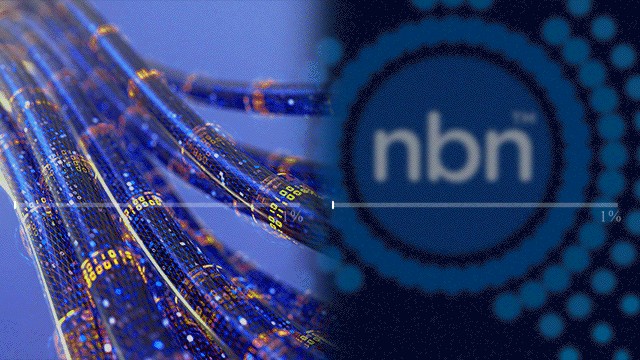Millions to get access to ultra-fast speeds on NBN

New investment in the national broadband network will allow ultra-fast speeds.
Millions of Australians are set to get access to ultra-fast broadband under a $3.5 billion upgrade to the NBN, expected to be finished by 2023.
The major shake-up will see six million homes with access to internet speeds “of up to” 1 Gigabit per second, currently the mandatory minimum is 25 Megabits per second.
The plan is also expected to created 25,000 jobs in the next two years across industries including construction, engineering, transport and project management.
The federal government said the upgrade would involve expanding the Fibre To The Node (FTTN) system by building “local fibre networks” that will run along street fronts, enabling people to connect their homes directly to the network when they want.
“Very importantly, it will be based on the principle of demand,” Communications Minister Paul Fletcher said.
“So we’ll roll the fibre down the street, but then the fibre lead into the home will only be built when there’s a customer order.”
There will also be upgrades on the Hybrid Fibre Coaxial (HFC) network to support faster speeds, work on the Fibre To The Curb (FTTC) network to deliver “consistent” speeds of 100 Megabits per second and work to resolve in-home cabling issues for houses on the FTTN network.
Mr Fletcher said now was the right time for the network upgrade.
“There is a long-term trend of broadband demand growth — with a very significant spike this year as COVID-19 has changed the way we use the internet,” he said.
“And it means NBN Co is now well placed to invest in Australia’s broadband infrastructure to meet Australians’ growing appetite for faster speeds.
“This is part of a $4.5 billion investment that NBN is making, financed by borrowing in the private sector market, so it doesn’t hit the budget bottom line.”
The surge in people working from home during the coronavirus pandemic saw an increase of up to 80 per cent in internet demand and slow speeds in some cities.
The NBN has remained a contentious issue in politics and across the country for more than a decade.
In 2009, the then Labor government promised a fast NBN with optical fibre cables direct to most homes and businesses.
Instead, there is now a mix of technologies including optical fibre, copper wires, Hybrid Fibre Coaxial (HFC), fixed wireless and satellite.
Only a write-down will fix the NBN
While a hodgepodge of technologies are behind some of the NBN’s tech woes, it’s an overvaluation of the network that’s the biggest short-term barrier to faster internet speeds.
But of most concern to Australians, particularly during the pandemic, are the slow internet speeds or difficulty connecting to the network in the first place.
“The 2013 decision by the Coalition to roll out the NBN quickly, then phase upgrades around emerging demand, has served Australia well,” Mr Fletcher said.
Shadow Communications Minister Michelle Rowland described the decision as the “most extraordinary, wasteful, expensive public policy backflip in a generation”.
“For 10 years this government has been opposed to having world class fibre-based broadband,” she said.
“And all of a sudden it’s having this epiphany that somehow this is visionary, it’s going to be a driver of jobs.
“Well forgive me if Labor turns around and says ‘geez, I wish we had have thought of that'”.








